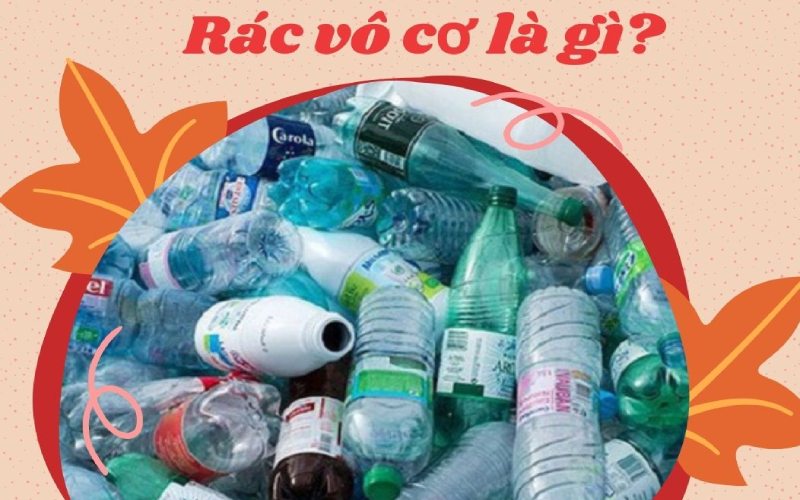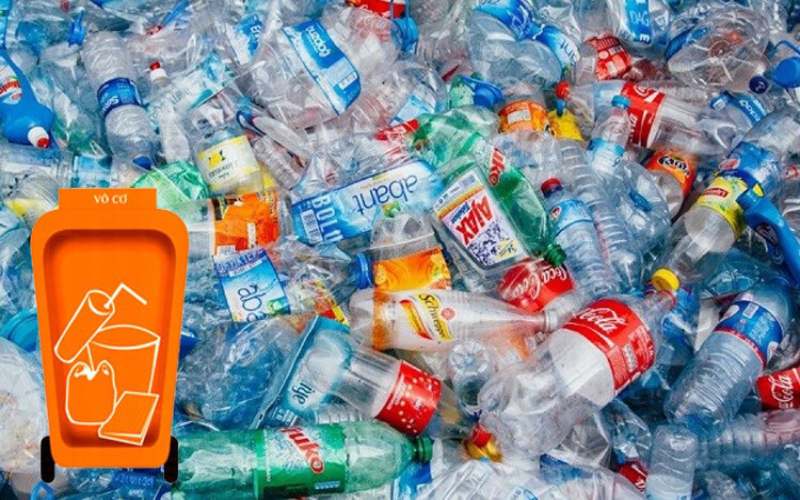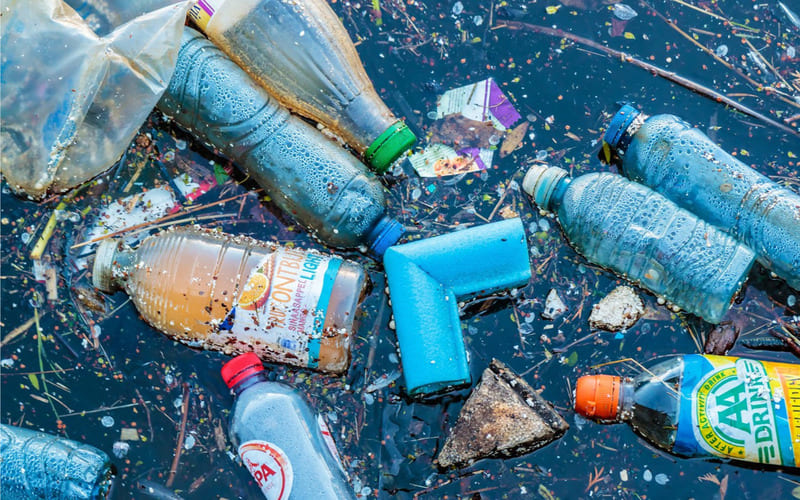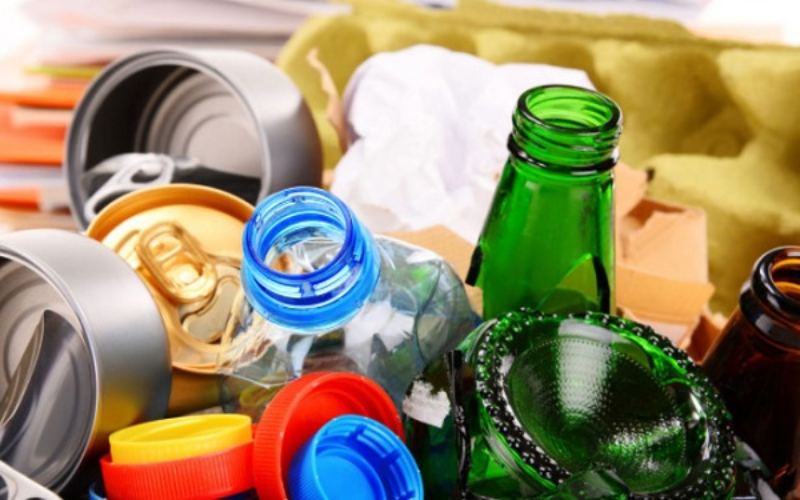Inorganic waste is a common type of waste that we encounter in our daily lives. However, many people still have limited understanding of this particular type of waste. In order to address this, let us delve into the concept of inorganic waste and explore effective methods of managing it.
1 What is inorganic waste? Which types fall within this category?
Definition of inorganic waste:
 What is inorganic waste?
What is inorganic waste?
Inorganic waste refers to waste materials that cannot be decomposed or recycled. Typically, these types of waste are collected and sent to landfills for treatment. However, even in buried conditions, it takes a significant amount of time for inorganic waste to completely decompose.
Types of waste considered as inorganic:

What types of waste are considered inorganic?
The following types of waste are categorized as inorganic:
- Unused construction materials such as tiles, wood, stone, brick, concrete, steel, and coal ash.
- Used plastic bags.
- Electronic devices like computers, phones, refrigerators, batteries, and chargers.
- Unused everyday household items including bags, shoes, old clothes, plastic hats, porcelain items, broken glass, used tires, and broken lights.
- Packaging for food, medicines, and everyday cosmetics, such as foam and single-use plastic containers.
2 Techniques for managing inorganic waste
Increasing awareness of inorganic waste sorting

Enhancing awareness of inorganic waste sorting
- Prior to disposing of waste, it is essential to determine whether it falls under the category of inorganic waste, organic waste, or recyclable waste, and subsequently separate them accordingly.
- Waste sorting is considered an effective method of source treatment. However, currently, few individuals are able to practice this approach.
Managing inorganic waste at designated collection sites

Handling inorganic waste at collection sites
- Once collected, inorganic waste is transported to specialized collection and waste treatment centers.
- Currently, many countries manage inorganic waste through two primary methods: landfilling or incineration. However, both these methods have negative environmental impacts and require substantial financial resources.
- Therefore, the key lies in reducing the usage and disposal of inorganic waste into the environment. Whenever possible, recyclable inorganic waste should be collected and reused to alleviate the strain on the environment.
The information provided above sheds light on the concept of inorganic waste and offers valuable insights into its effective management. We hope this article has provided you with useful knowledge.



































